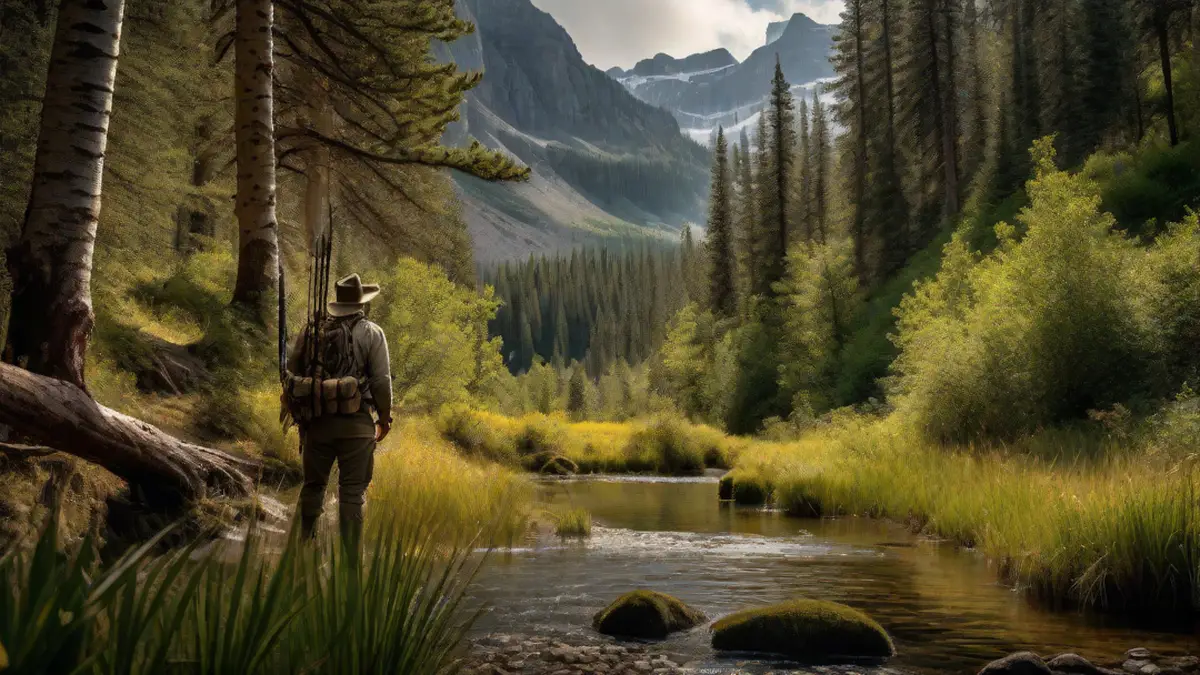When it comes to bow hunting, finding a good hunting spot is essential for a successful and fulfilling experience. As an avid bow hunter myself, I have spent countless hours exploring and scouting for the perfect hunting spots. In this article, I will share my personal insights and tips on how to find a good bow hunting spot.
Understanding the Terrain
One of the first things to consider when searching for a hunting spot is the terrain. Different types of terrain offer unique advantages for bow hunting. Dense wooded areas provide cover and concealment, while open fields allow for better visibility and longer shooting distances. Personally, I prefer hunting in a mix of both.
When scouting for a good hunting spot, look for areas with a mix of thick cover, such as dense bushes or trees, and open areas nearby. These spots often attract deer and other game animals as they provide both food and security. Additionally, pay attention to natural features like ridges, riverbeds, or natural funnels that can help funnel game animals through specific areas.
Signs of Animal Activity
To find a good bow hunting spot, it’s crucial to look for signs of animal activity. One of the most obvious signs is fresh tracks. Look for tracks along game trails or near water sources. These tracks can give you an idea of the size and quantity of animals frequenting the area.
Another important sign to watch out for is droppings or scat. The presence of fresh droppings indicates that game animals are actively using the area. Additionally, pay attention to rubs on trees, which are made by bucks as a way to mark their territory.
Listening for sounds such as rustling leaves or animal calls can also help you identify areas with high animal activity. Patience and observation are key when it comes to finding the perfect hunting spot.
Seasonal Patterns
Understanding seasonal patterns is crucial for finding a good hunting spot. Animals, especially deer, follow distinct patterns based on the time of the year. During the early season, deer tend to stay in areas with abundant food sources such as agricultural fields or fruit orchards. As the rut approaches, bucks will start to move more and cover larger areas in search of mates.
During late season, animals tend to focus on areas with available food and cover, such as thickets or areas near food plots. By studying these seasonal patterns, you can predict where the animals will be and adjust your hunting strategy accordingly.
Scouting and Preparation
Finally, scouting and preparation are key to finding a good hunting spot. Before your hunting season begins, take the time to thoroughly scout the area. This involves setting up trail cameras, observing animal movements, and marking hotspots on a map.
Once you have identified potential hunting spots, it’s essential to prepare them accordingly. Clear shooting lanes, trim branches, and set up treestands or ground blinds in strategic locations. By doing so, you are increasing your chances of a successful hunt.
Conclusion
As a bow hunter, finding a good hunting spot is crucial for a successful and fulfilling experience. By understanding the terrain, looking for signs of animal activity, studying seasonal patterns, and properly scouting and preparing your hunting spot, you are well on your way to finding the perfect location. Remember, bow hunting is not just about the harvest but also the connection with nature and the thrill of the chase. Happy hunting!
